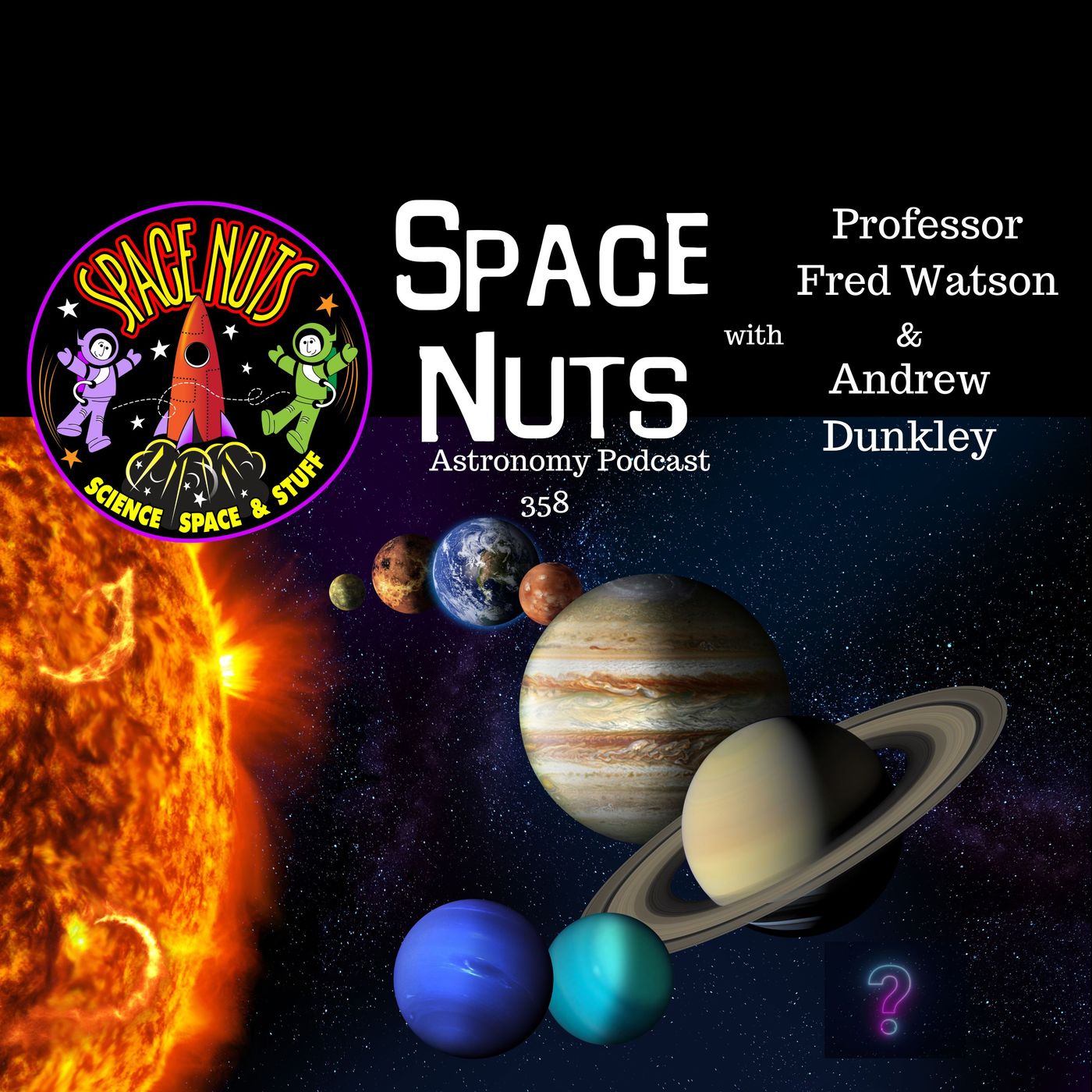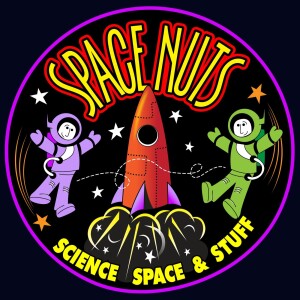
#358: Hunting for Planet Nine: The Search Intensifies with New Telescopes
 2023-06-29
2023-06-29
Download
Right click and do "save link as"
If you're feeling frustrated and overwhelmed by the lack of tangible evidence for Planet Nine despite your endless research and late-night discussions, then you are not alone! In this episode, you will be able to: · Traverse the peculiarities of the hypothesized Planet Nine and comprehend its potential impacts on our solar system. · Explore the advanced capabilities of the Vera Rubin Telescope and how it's set to transform the search for elusive celestial bodies. · Discern the urgent need for a structured framework in the burgeoning industry of space tourism and its potential implications. · Unwrap the fundamentals of how atoms emit and absorb light, which is crucial in our interpretation of astronomical observations. · Dissolve any misconceptions about the size of the universe, identifying the difference between the age of the universe and the distance light has traveled. List 2: I want to believe it, I really do. I hope they've found it. - Andrew Dunkley The resources mentioned in this episode are: · Visit theconversation.com to read the article about the potential existence of Planet Nine in our solar system. · Check out the Vera C. Rubin Telescope (formerly LSST) when it starts observations next year to see if it can find evidence of Planet Nine. · Learn more about the Seniors 14 object that fell into the Pacific Ocean in 2014 and its potential connection to Planet Nine. · Stay updated on the ongoing search for Planet Nine by following the observation campaign currently underway. · Consider supporting the International Association for the Advancement of Space Safety to help promote safety in space tourism and exploration. · Explore the possibility of space tourism and the potential risks involved before making any decisions. · Follow the progress of space tourism companies such as Virgin Galactic and Blue Origin to stay informed about the latest developments. · Keep an eye out for future space tourism opportunities that prioritize safety and adhere to strict regulations. · Educate yourself about the risks and challenges of space travel and make informed decisions if and when the opportunity arises. · Support advancements in space technology and exploration by staying engaged and advocating for responsible and safe practices. "Exploring the Outer Edges of the Solar System" So, you're probably wondering about what's out there, right at the edge of our very own Solar System? Well, it's truly a fascinating realm that's still full of mysteries and discoveries to be made. This uncharted frontier, deemed as the 'outer edges', is largely dominated by frozen volatile substances like water, methane, and ammonia. These celestial bodies, often referred to as Trans-Neptunian Objects (TNOs), are believed to have remained untouched since the beginning of our Solar System, making them incredibly valuable to astronomers as they piece together the cosmic puzzle. Now, Andrew Dunkley delves into this very topic during the podcast. His curious mind bubbles over with questions and musings, all tinged with a sense of awe and wonder for the unknown. He draws attention to the curious alignment of some TNOs - suggestive of a possible unseen planetary body nicknamed 'Planet Nine.' Despite the inconclusive evidence and difficult prospect of direct observation, Andrew's excitement is infectious, igniting a curiosity that makes even the farthest reaches of our Solar System seem tantalizingly within reach. "Emission Lines and Spectroscopy" Ever gazed at a sodium vapor streetlight and wondered why it shines so orange? Or pondered why certain colors 'pop' in the spectrum of a star? The concept of emission lines and spectroscopy has the answers. This field of astrophysics uses the spectral properties of light to determine the chemical composition and physical properties of celestial objects. It's a bit like unlocking the star's 'identity card' through the visible and invisible light it emits. Not only does this add an analytical edge to stargazing, but it also provides fundamental insights into the universe’s anatomy. To provide a tangible context, Andrew Dunkley uses the example of sodium vapor streetlights, whose characteristic orange comes from the photon of light emitted by excited sodium atoms. Andrew navigates this complex topic with crystal-clear analogies, making it both comprehensible and captivating. His conversation dives into the sun's behavior, touching upon its photosphere, chromosphere, and even the enigmatic concept of black bodies. By weaving these threads together, Andrew masterfully brings out the intensely scientific yet genuinely stunning aspect of our cosmos. "The Search for Planet Nine" 'Hypothetical' might be the operative word when we talk about 'Planet Nine', but don't let that dull your curiosity. This proposed super-Earth, lurking at the outskirts of our solar system, has got scientists and space enthusiasts on the edge of their seats. It's essentially a cosmic 'Whodunit?,' propelled by unusual TNO alignments and the enduring allure of the unknown. From gravitational tugs to cosmic dances, all threads seem to point towards a master puppeteer, an unseen force – one that fits the billing of a rogue Planet Nine. During the podcast, Andrew Dunkley's take on Planet Nine is much akin to a thrilling treasure hunt. He dives into the resilient hypothesis, the indicative TNO alignments, and the potential game-changing role of the upcoming Vera Rubin Telescope in this quest. The pursuit of Planet Nine, as Andrew explains, is not just about satisfying curiosity; capturing it could drastically alter our understanding of the solar system's architecture and dynamics. He undoubtedly leaves us yearning for more discoveries and eager to join the cosmic manhunt.
For more Space Nuts visit www.spacenuts.io
Become a supporter of this podcast: https://www.spreaker.com/podcast/space-nuts--2631155/support.
view more
For more Space Nuts visit www.spacenuts.io
Become a supporter of this podcast: https://www.spreaker.com/podcast/space-nuts--2631155/support.
More Episodes
012345678910111213141516171819
Create your
podcast in
minutes
- Full-featured podcast site
- Unlimited storage and bandwidth
- Comprehensive podcast stats
- Distribute to Apple Podcasts, Spotify, and more
- Make money with your podcast
It is Free
- Privacy Policy
- Cookie Policy
- Terms of Use
- Consent Preferences
- Copyright © 2015-2024 Podbean.com






